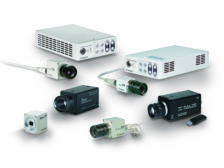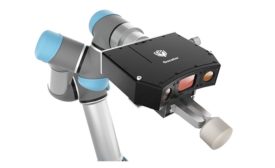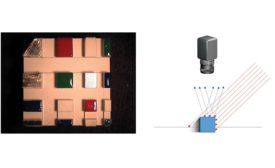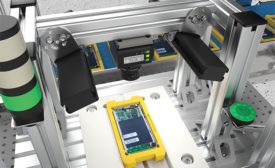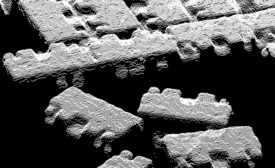Vision & Sensors
Quality Headline
Canon Medical Completes Acquisition of Toshiba’s Imaging Systems Division
October 7, 2019
Vision & Sensors Headline
Machine Vision Lighting Market to Nearly Double by 2025
September 9, 2019
Vision & Sensors Headline
VDMA OPC Machine Vision initiative: Making Machine Vision Ready for Industry 4.0
September 2, 2019
Illumination: The Third Pillar of Imaging System Design
Illumination is an often-overlooked yet crucial aspect of vision.
September 1, 2019
How to Choose a Vision Lighting Technique
5 common vision lighting techniques and 5 critical questions to ask.
September 1, 2019
Machine Vision Trends
A look at the most talked-about machine vision technologies, their practical uses and limitations, and which will have a long-lasting impact on your current and fixture applications.
September 1, 2019
Stay in the know with Quality’s comprehensive coverage of
the manufacturing and metrology industries.
eNewsletter | Website | eMagazine
JOIN TODAY!Copyright ©2025. All Rights Reserved BNP Media.
Design, CMS, Hosting & Web Development :: ePublishing

